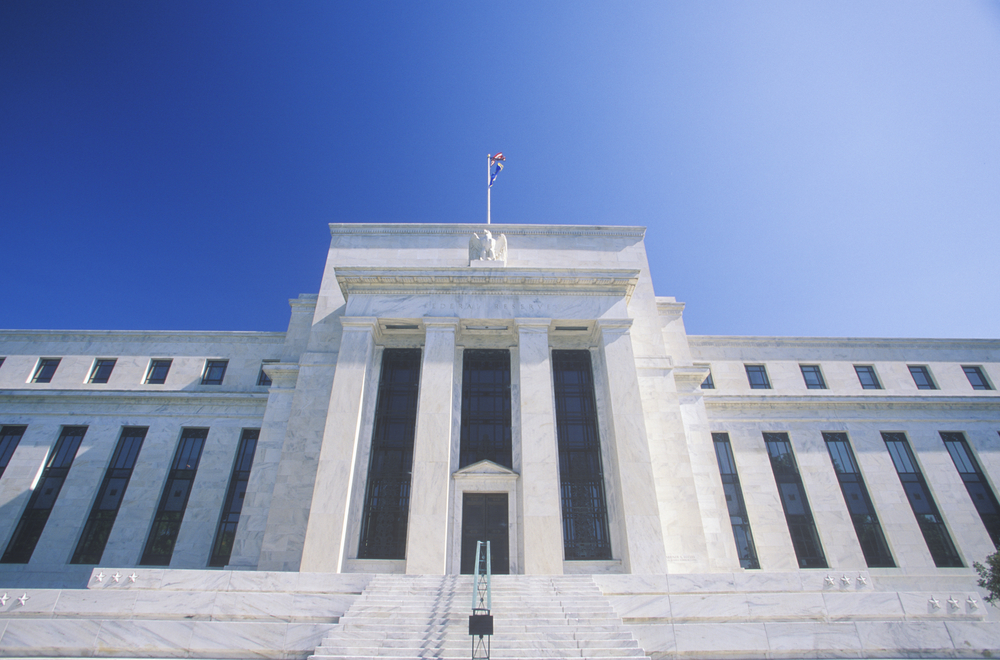Ask the Economist: Negative Interest Rates
Q: I would like to hear the thinking behind why the Fed chair, Janet Yellen, believes that we may have to experience negative interest rates in order to “help” the economy. Is this not going in the opposite direction from their recent move to raise interest rates?
Thanks for your question. You were right that the negative interest rate policy would be the opposite direction from the Fed’s recent move to raise interest rates.
A negative interest rate means a country’s central bank charges a fee for banks to hold some of their money there, in an effort to spur the economy. Five central banks around the world (Denmark, Sweden, Switzerland, Japan, and the Eurozone) are currently using negative interest rates, and Dr. Yellen said this option remains on the table, although the economy would need to worsen.
But the Fed just did the opposite: It raised the interest rate it pays on bank reserves to 50 basis points, from 25 in December last year. In this sense, the Fed would have to undo what it just did, and then go further in the opposite direction. This wouldn’t happen soon.
Several points support negative rates. First, they would encourage banks to lend. In order to avoid paying interest for storing reserves at the central bank, financial institutions would be more willing to lend, depressing consumer and business loan rates.
In turn, lower loan rates could spur borrowing. Since the European Central Bank introduced the negative rate, bank lending has improved somewhat. But that could be the result of other factors, like improved economic conditions. How much did the negative rate help bank lending and borrowing? We can’t know for sure.
Third, it would reduce the Fed’s outlays, and can bring in some revenue to the Fed. Now it is paying 50 basis points on reserves of about $2.4 trillion. With negative interest rates, the Fed would be earning interest in reserves.
Lastly, some would argue that with little or no central bank intervention, and given the current situation, the market interest rate should be below zero. So, the negative rate policy is closer to the market self-correction mechanism.
On the other hand, there are concerns about negative rates. First, negative rates hurt banks’ margins. Second, if banks don’t want to bear the cost, they would pass negative rates on to their depositors. Then, it would hurt savers.
Third, the Fed’s decision to bring interest rates into the negative territory could be interpreted as a signal that the economy is not doing well, and the central bank is running out of effective policy tools. Even though inflation in 2015 was very timid, the Fed raised interest rates in December. In my opinion, this move was mainly because the Fed tried to form a positive market expectation of the economy. The increase was so tiny that it wouldn’t hurt the real economy but helped send a positive signal.
Given current economic conditions, I suspect the Fed will follow the path of continuing to raise interest rates as it suggested in December, but perhaps even more slowly than it had originally intended. If the economy evolves in a different direction and the Fed decides to go for the negative rate policy, it will take time to prepare the market, as Dr. Yellen is a big advocate of forward guidance.









